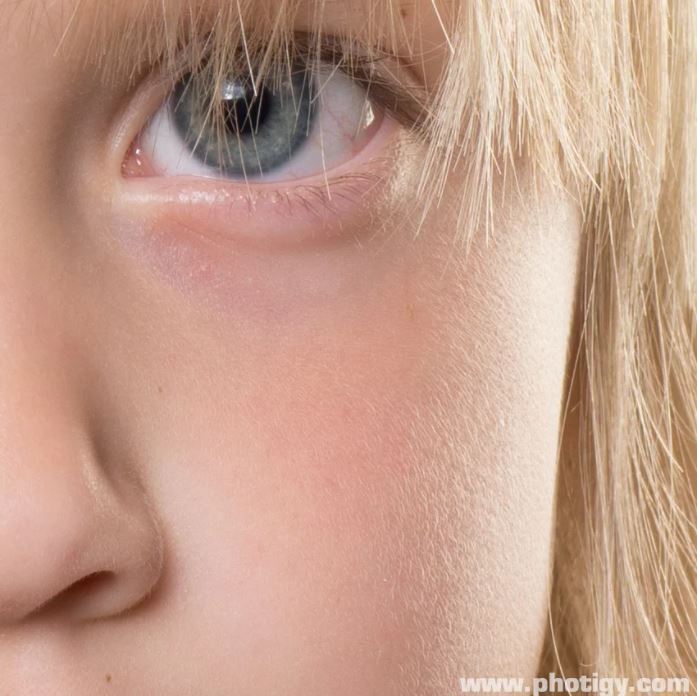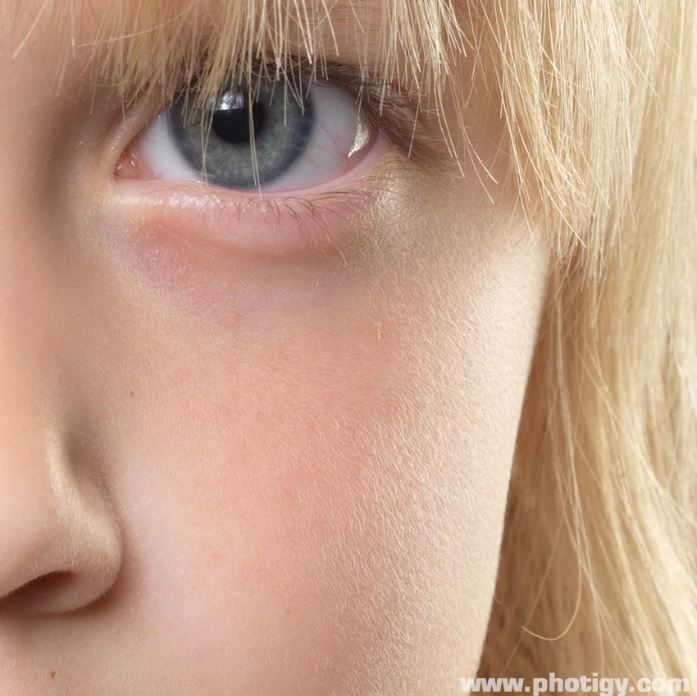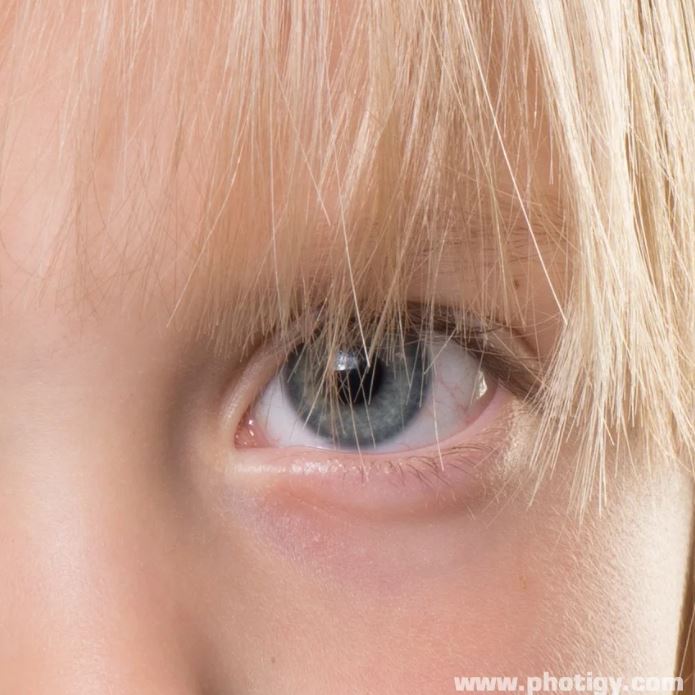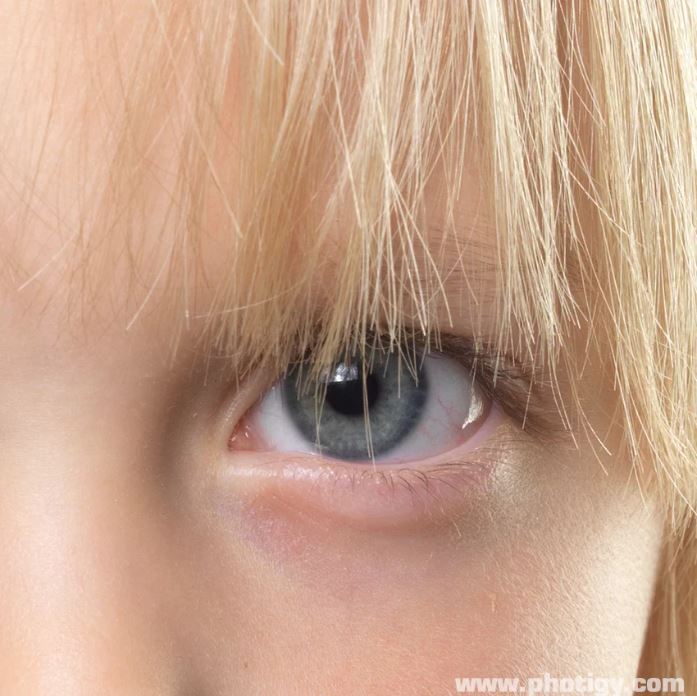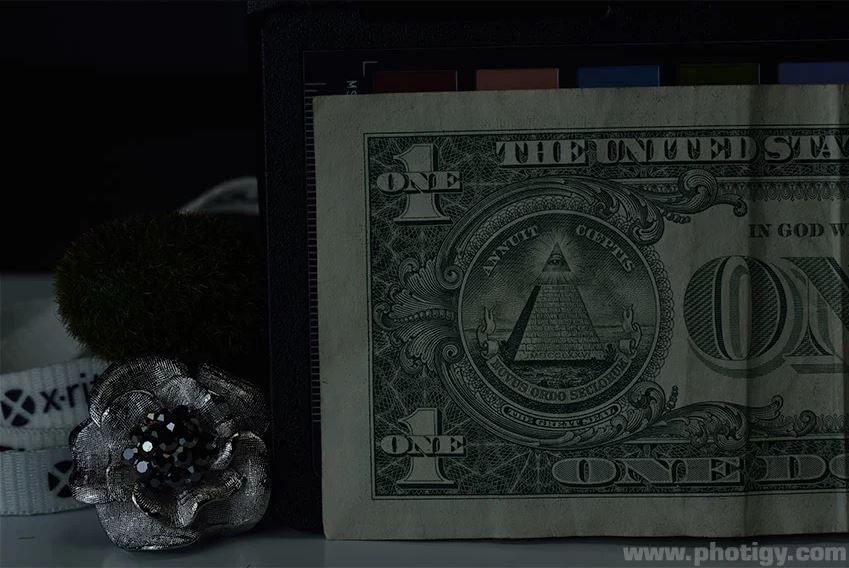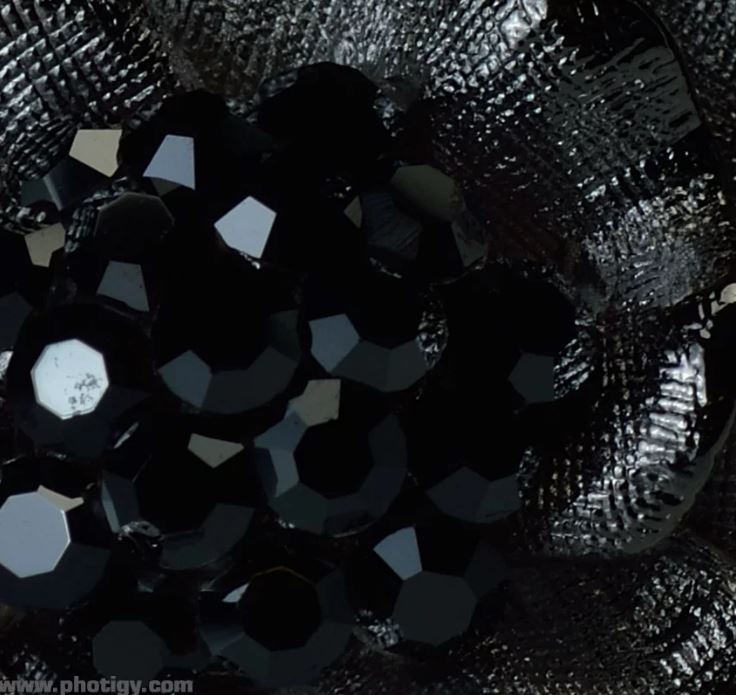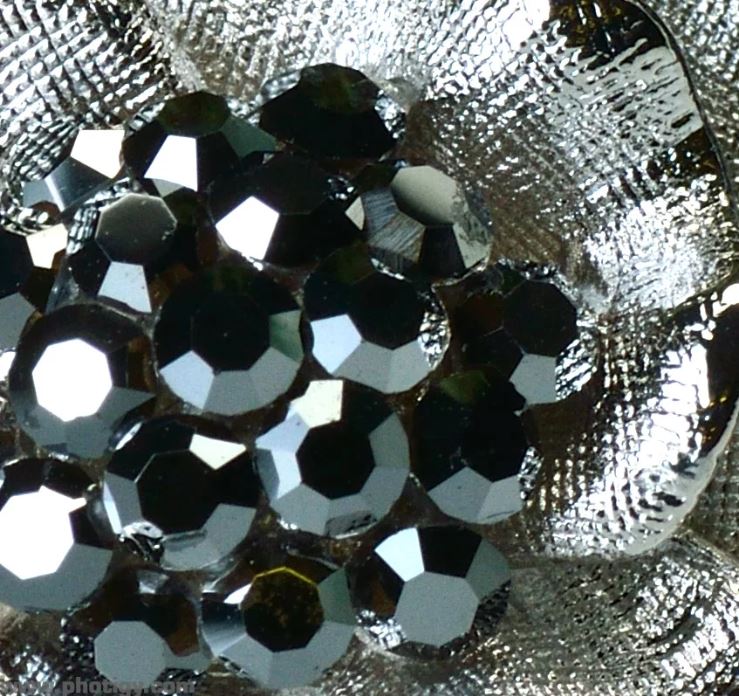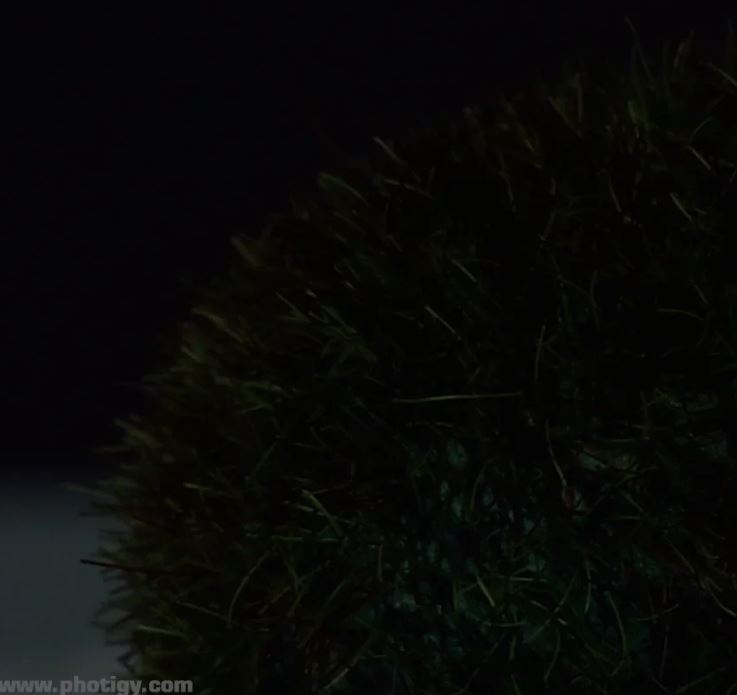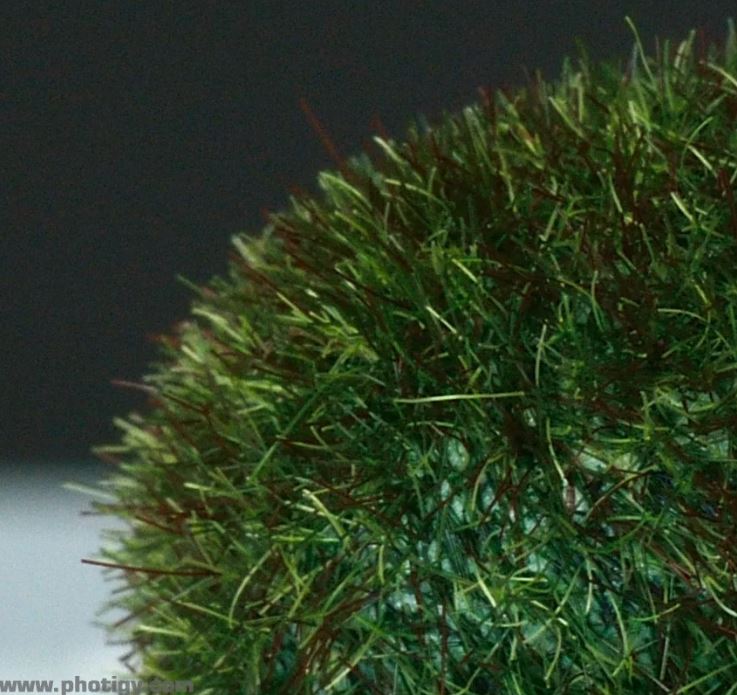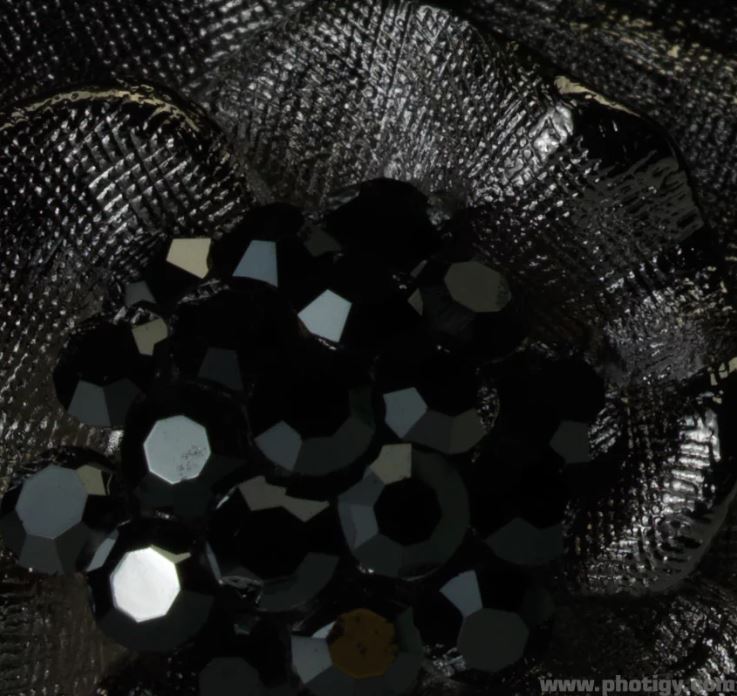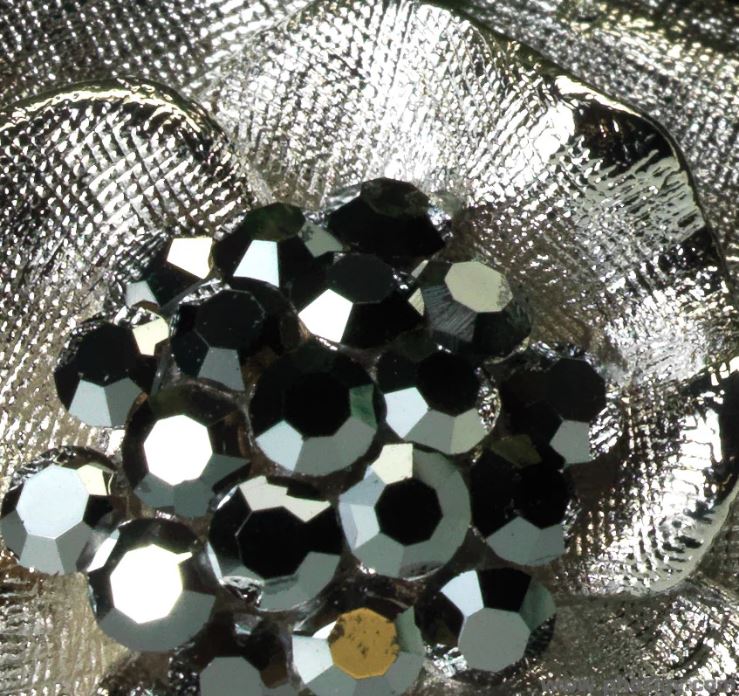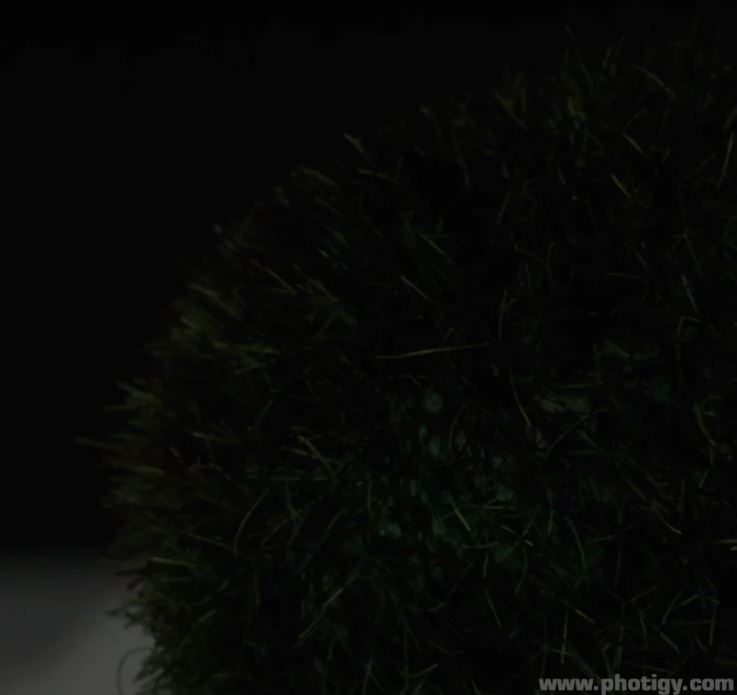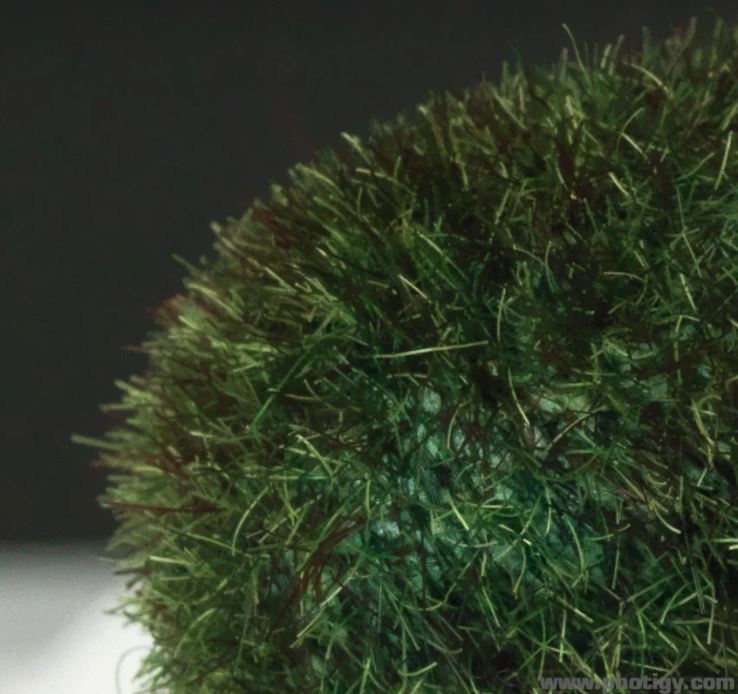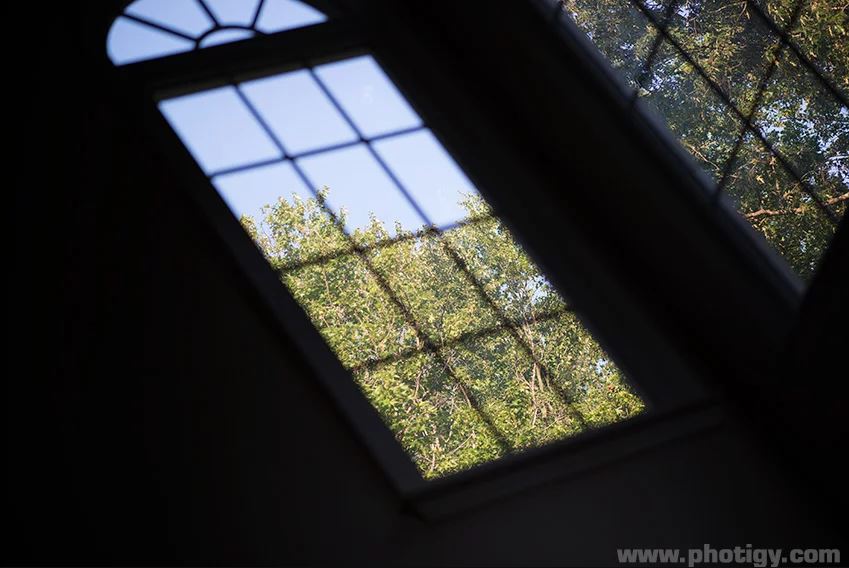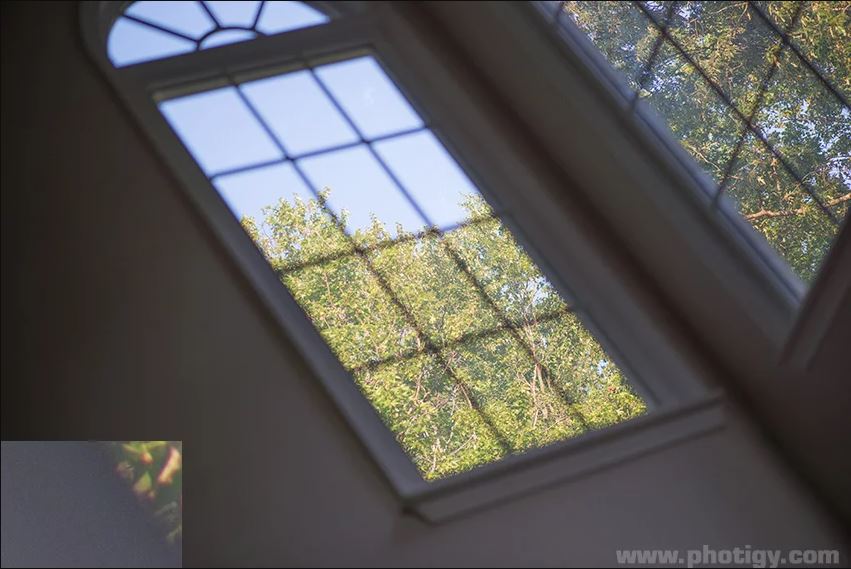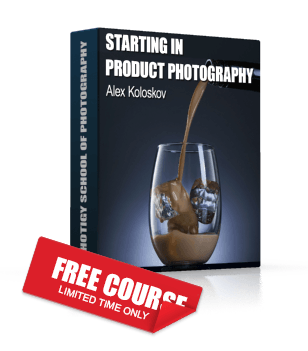Nikon D800E review v.s Hasselblad H4D40 review:
the end of medium format superiority?
Nikon D800E review v.s Hasselblad H4D40 review: the end of medium format superiority? Round One
Why to compare 35mm and medium format DSLRs?
For many years Medium Format DLSRs were separated from 35mm DSLR cameras by a huge gap in image quality and resolution (besides a price of course), and this seems to be always like this: twice larger medium format sensors without AA (blur) filter did not leave any chances for 35 mm cameras to match the resolution and image quality.
I own an old Phase One P25+ medium format digital back on Hasselblad H1 camera, and I’ve seen a big advantage of this old digital back over to a much younger 35mm Canon 1Ds Mk III and 5D MKII cameras. Here are my in-depth review: Canon 1Ds Mark III vs. Hasselblad H4D50
However, with the new Nikon D800E everything might be changed: with 36 Megapixel sensor without AA filter (only in D800E model), this is first time when non expensive (D800E is not the top-of-the-line of Nikon cameras) 35mm DSLR can compete with medium format. Theoretically…
This is why I was so interesting in running this review-comparison between Nikon D800E review and Hasselblad H4D40: Both has similar resolution sensors, both do not have AA filters. Other than a “scientific interest” in such test, I have my own very practical reason for it, because I am selling my old H1 with P25+ medium format bundle in order to get a replacement with more megapixels. In studio photography I do (especially liquid) 22 Mpx is way to low and does not provide a freedom of crop and extra resolutions I need.
So, the question I had in mind was this:
Will 36 Mpx Nikon D800E produce comparable image quality to a similar medium format system?
Nikon D800E review
I did a series of studio tests, from a simple portrait to highlights and shadows recovery from overexposed and underexposed images from both cameras. I was not interested in hight ISo performance of both cameras, as well as focus performance or a shooting speed (fps). Being a studio photographer I shoot almost exclusively at lowest native ISO and use manual focus most of the times when shooting still life.
The only thing I was really interesting is the image quality and true dynamic range.
Test Equipment
Many thanks to my friends from Hasselblad USA and Hotwire Digital as well as BHphotovideo.com to provide me with these great equipment to run this test.
Cameras and lenses:
Nikon D800E review DSLR with Nikon 105mm f/2.8G ED-IF AF-S VR Lens
Hasselblad H4D40 with Hasselblad HC Macro f/4 120mm II Lens
Lighting:
Paul C Buff Einstein E640 monolights in constant color mode
Cyber Commander to adjust and trigger the strobes
Software:
Adobe Photoshop CS6 Extended, Adobe Bridge
Phocus by Hasselblad
Camera Control Pro 2 by Nikon
ViewNX 2 by Nikon
Exposure:
F11, 1/250 sec, ISO 100 for portraits
F16 1/250 sec, ISO 100 for still live composition
Note: ISO 100 is a minimal “native” ISO for both cameras, meaning the maximum dynamic range and minimum noise levels.
Specifications:
Nikon D800E review Full specification
Hasselblad H4D40 Technical data sheet
First test, a child portrait
Test cameras has a different aspect ratio (and I love more square medium format frame), and model was moving as well, so I was trying to align the shots as close as possible. Below are 100% crops from the image above. Both images were converted using Adobe Camera Raw with default settings, on both white balance was set using grey wall behind the kid.
Nikon D800E review
Hasselblad H4D40 review
Conclusion
There is difference, Hasselblad produced slightly more details and color was more balanced to a girl skin tone. On a first sight the difference in image details seems to be so minimal that it will be hard to notice it. However, more I look at these images, more I see the difference in fine details: look at hair, areas under her eyes, etc. Twice as big 16 bit Hasselblad sensor delivers more texture and colors over 14 bit Nikon sensor. It is simply a matter of physics: 6 micron v.s 4.7 micron of a pixel size, and much larger sensor area along with additional color information (16 bit v.s 14 bit) makes a difference.
However, I have never seen such a great details and resolution in $3200 35mm DSLR before! Will it be any visible difference between large prints from both cameras? May be, if we’ll look at those prints with the loupe. But how many idiots use loupe to enjoy large prints? :-))
Second test, Underexposure and Shadows recovery
For this test I’ve set a “normal” exposure for the test shot and then dialed lighting 4F stop down (from 180 total Ws to 12Ws) without touching camera’s exposure controls.
Note: I found Nikon to be slightly more sensitive (about 0.5 F stop) than Hasselblad, so I had to adjust the lighting to get exposure as close as possible on both cameras.
First hiccup with Adobe camera RAW converter:
To test underexposure recovery, I started from using ACR to convert camera RAW files, knowing that the latest ACR does an amazing job of pulling details out of camera RAW. However, it appears that it was not the case for Hasslblad: simply adjusting exposure to +2 or higher was producing a tremendous amount of noise in dark areas. Basically I was using a combination of exposure, highlights and shadows to pull the best result. Even when I tried to use a noise reduction (and I am not suppose to do this by test rules), it did not help much.
The surprise was when I tried to convert Hasselblad raw files in Phocus software: what a difference! It pulled much better details and less noise levels without loosing much of details. I did not touch anything else except exposure and recovery sliders.
When I tested Nikon ViewNX the same way, I did not find any difference between it and Adobe ACR, so I used View NX for underexposure recovery tests as well.
Below are results. “Before” is un-adjusted, camera default RAW conversion, and “Ater” is my recovery attemt by using exposure and highlights/shadows sliders.
Nikon D800E: Underexposed and recovered, full shot
Nikon D800E: Underexposed and recovered, 100% crops
Hasselblad H4D40: Underexposed and recovered, full shot
Hasselblad H4D40: Underexposed and recovered, 100% crops
Conclusion:
Both cameras did a great job recovering very dark areas of the image, with slight advantage on Hasselblad’s side: Phocus software were able to handle noise better than Nikon’s ViewNX and ACR, and delivered less contrast (which is good) and more detailed image.
Does it means that Nikon’s noise can’t be removed at all? I think it won’t be a problem, as there are many noise removal tools like Topaz DeNoise (our favorite), but this is out of scope of this test.
Oh, one more test on shadow detail recovery and overal dynamic range of Nikon D800 I have:
Nikon D800E dynamic range/shadow recovery sample
This was an ISO 100 hand-held shot from our living room, and exposure was metred on a spot outside the window. Then I pulled shadow recovery on raw Converter (same results with ACR and ViewNX). A square on recovered image is 100% crop to represent noise levels.
Still quite impressive!
Even though high ISO performance test was not planned, I’ve got this image below at ISO 6400 to show how Nikon D800E does job in out-of-studio sterile environment:
Nikon D800E review ISO 6400
Nikon-D800E -high Iso example
Not as good as what ii’ve seen with Canon 5D Mark III, but still good enough:-)
Conclusion:
There is a difference in IQ and very low difference in shadow recovery between both cameras, which was a surprise for me. Knowing the difference in sensor technology I expected to see more advantage of Hasselblad over the Nikon. And if we consider the price difference, the Nikon become a true hero: $3200 (body) and $1000 (lens) against $16900 (body+DB) and $ 5900 (lens) is a huge…
The only thing which stops me from getting Nikon instead of Hasselblad is a freedom to use Medium Format back in technical view cameras like my Cambo Ultima. Yes, there are adapters to mount 35mm DSLR to a view camera rails as well as DIY solution like this one I did myself, but none of them do not allow to use tilt/shift/skew angles possible with MFDB: the sensor is too deep in DSLR camera body.
This is the end of a first part of the review.
Wait for a second part of the review to read about:
Overexposure and highlights recovery tests
Why Phocus and Nikon ViewNX sucks at highlights recovery
Color accuracy
Get RAW files from both cameras to run your own tests
Read the second part:Nikon D800E review v.s Hasselblad H4D40: the end of medium format superiority? Round two
P.S You can also check out DxOMark Nikon D800 review and my other reviews.




